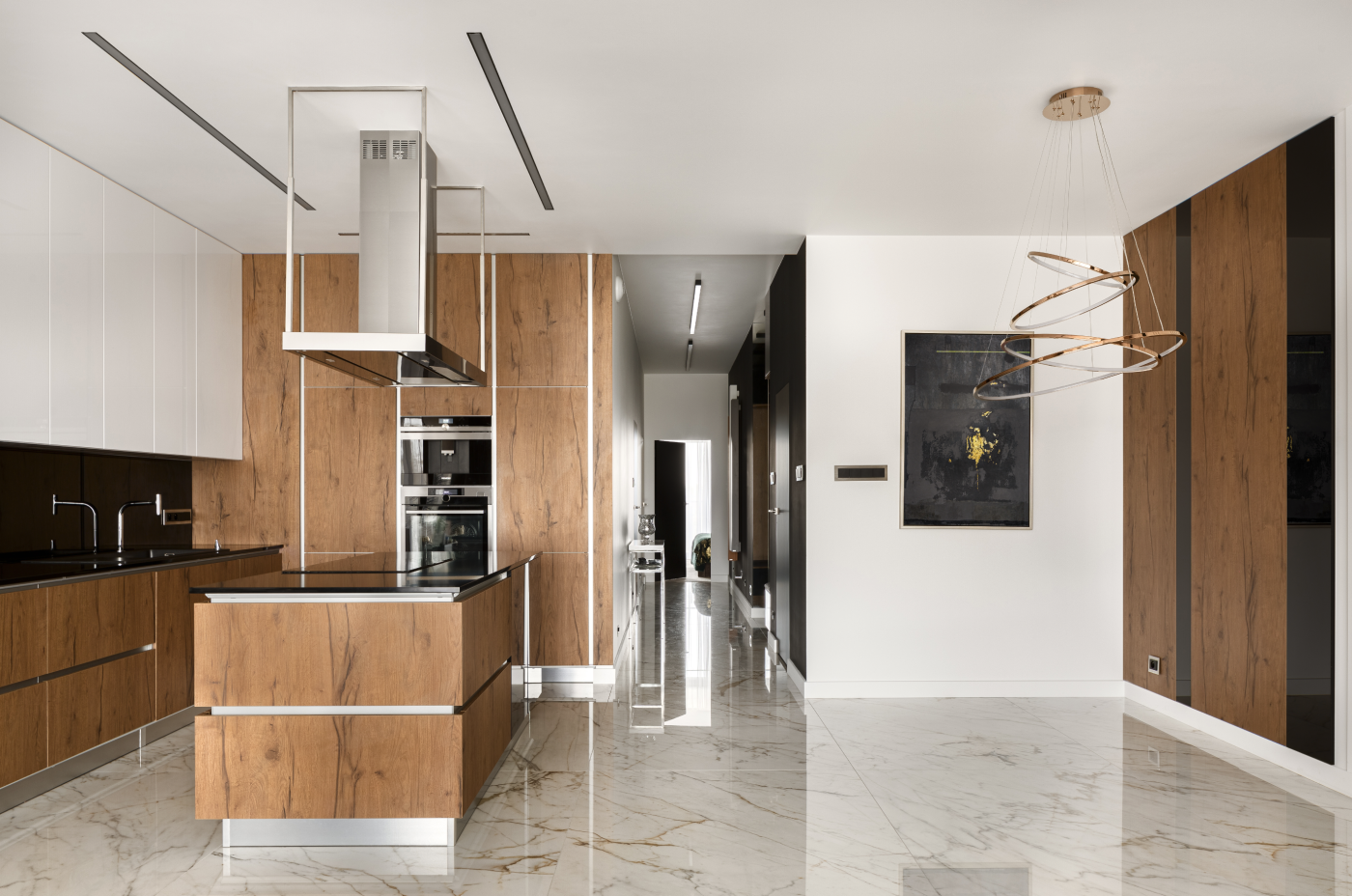When considering a new flooring option for your home, office, or even retail space, LVP and LVT stand out as two popular choices – and for good reason. In addition to being quite durable and water-resistant, LVP and LVT can mimic the look of natural, more expensive materials.
You may think they’re two separate products made of different materials, but the reality is that the only distinction lies in their dimensions, shape, and the material they’re mimicking – LVP is shaped like planks, often resembling hardwood flooring, while LVT comes in tile form, mimicking the look of stone or ceramic tiles.
Let's take a deeper look into both options, and break down all the similarities and differences between these two highly sought-after flooring solutions.
Similarities
In many ways, LVP and LVT are remarkably similar, both in terms of composition and performance. At their core, both are composed of multiple layers of vinyl, topped with a durable wear layer.
We won’t go too much into the technical details of their construction, but you should know that they’re built to be exceptionally resistant to scratches, dents, and stains, making them ideal for high-traffic areas in both residential and commercial spaces.
Many homeowners’ gripe with natural wood floors is their susceptibility to water damage, so LVP (and, in some cases, LVT) comes as a great solution to the age-old problem of wanting the look of wood floors without all the hassle that comes with owning them.
Unlike natural wood, these vinyl alternatives are built to withstand moisture, meaning you can get the look of wood in traditionally challenging areas such as bathrooms, kitchens, basements, and even commercial areas.
This water-resistant quality not only expands their versatility but also contributes to their ease of maintenance, which is another aspect where both of these options shine. Regular sweeping and mopping is all you’ll need to do to keep them in great condition, and in case of spillage, simply cleaning the floor with a damp cloth will get the job done, as moisture doesn’t seep into the material easily.
Comfort is another shared attribute of LVP and LVT. Both have a more soft, springy feel underfoot compared to natural hardwood or tile, which, in combination with their durability, makes them particularly attractive for homes with children or pets.
When it comes to installation, many LVP and LVT products come with user-friendly click-lock systems. In essence, click-lock systems are like legos for adults, where you simply lock the two planks (or tiles) in place, making the installation process a breeze and an exceptionally easy DIY project even for beginners.
This feature not only simplifies the installation process but also makes it much cheaper than traditional methods, which require you to pay for professional labor.
Speaking of costs, we’ve already mentioned how both LVP and LVT tend to be more affordable than the natural materials they imitate. Where you’d expect to pay around $8–$15 per square foot for wood flooring and $5–$10 per square foot for tile flooring (with prices varying based on the type and quality of wood or tile, but this is a general estimate), LVP and LVT will run you about $2–$7 per square foot.
The last similarity between these two flooring options is the amount of different styles, colors, textures and patterns they come in – seriously, there are millions of combinations for you to choose from. Whether you’re a fan of a more traditional look, or something more modern and bold, you can rest assured that you’ll be able to find the perfect match to suit your taste.
Pictured above: Peace River in Sylvan, Peace River in Sebring, Peace River in Placid, Peace River in Bowling Green LVP flooring options.
Pictured above: Twin Rivers II (Glued) in Ridgewood, Twin Rivers II (Glued) in Lawrenceville, Twin Rivers II (Glued) in Allendale, Twin Rivers II in Ridgewood LVT
Differences
For all that they have in common, LVT and LVP are still distinct in some ways – mainly when it comes to how each of the flooring options is installed and the types of rooms they’re typically used in.
While it’s true that click-lock (also known as floating) installation is commonly used for both options, LVT is also frequently installed using a glue-down method. This is largely due to their shape – LVT comes in tile form, which makes it well-suited for adhering directly to the subfloor with a specialized adhesive, while LVP, shaped like planks, is more often installed using the click-lock method.
Other than the installation method, the main difference lies in how each of these floors is used, and it’s largely a matter of aesthetic preference. You’re less likely to use LVT in a bedroom because tiles typically aren’t used in that space.
The same applies for LVP, which is rarely found in bathrooms, as most homeowners tend to avoid wood-looking floors in such moisture-prone areas – which isn’t to say that either option is off-limits; it ultimately depends on your personal style and how you want to design your space.
Key Takeaways
As you’ve probably realized by now, there are far more similarities than differences between these outstanding flooring options, which makes sense as they are made from the same material.
That being said, there are a few distinctions worth pointing out, such as the installation methods and the types of rooms they’re typically used in, though ultimately, it all comes down to personal preference and the aesthetic you want to create in your home.












